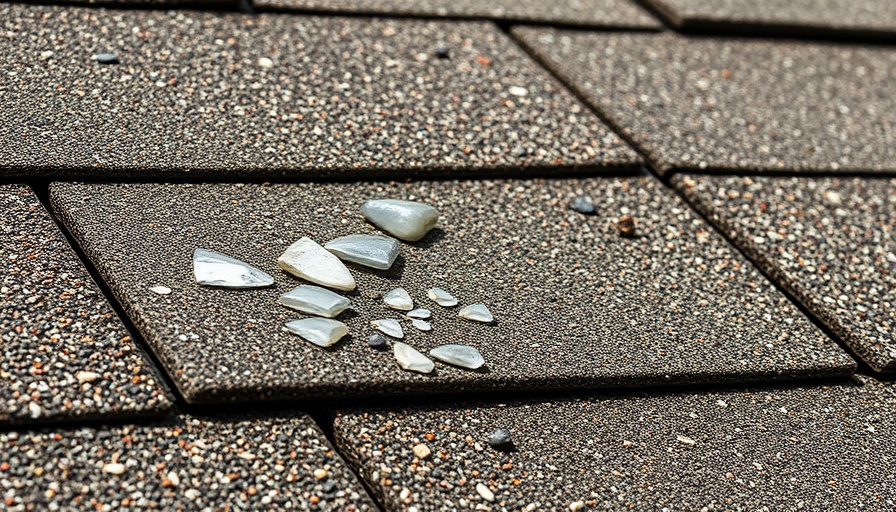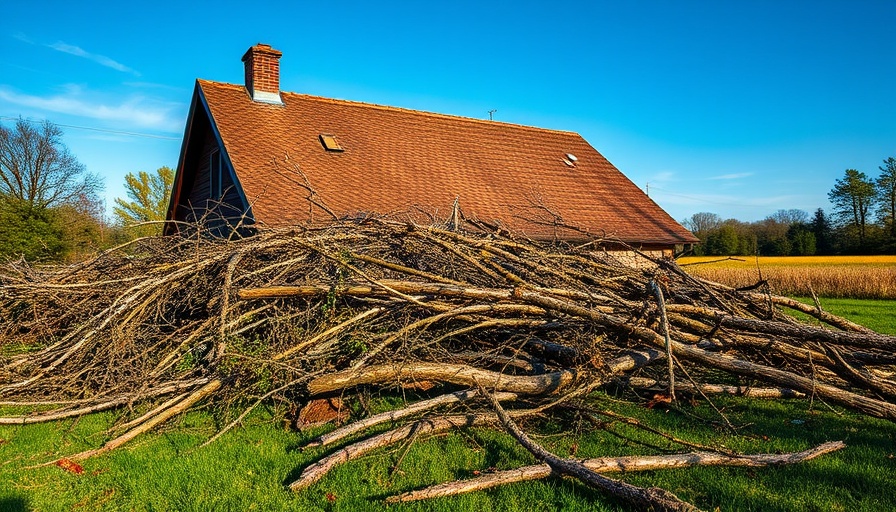
A Guide to Choosing the Perfect Window Well Covers for Your Home
When it comes to home safety and comfort, window well covers may not top the list of priorities, but their importance should not be underestimated. A quality window well cover keeps out rain, snow, and debris while providing an essential protective barrier against accidental falls. Understanding the various types of window well covers can help homeowners make informed decisions that contribute to their overall home safety and aesthetics.
Popular Types of Window Well Covers
Choosing the right type of window well cover can enhance your home's functionality and visual appeal. Some popular options include:
- Sloped Covers: Crafted from durable polycarbonate, these covers allow light while repelling water and debris. They are UV-treated for longevity, promoting long-lasting transparency without yellowing.
- Atrium Dome Covers: These covers are ideal for crank-out windows, offering protection while allowing full window functionality for emergency escapes.
- Metal Grate Covers: Perfect for ventilation and strength, these covers come in customizable sizes and colors, complementing your home design.
- Bubble Covers: These unique covers prevent rain accumulation and debris while being nearly indestructible.
Essential Considerations for Selecting Your Cover
As you search for the best window well cover, it’s essential to consider:
- Durability & Materials: Polycarbonate and metal are typically the most resilient options, resisting harsh weather.
- Weight Support: Opt for covers that can withstand significant weight loads, ensuring safety for pets and children.
- Weatherproofing Features: Look for designs that effectively block rain and snow while remaining user-friendly for seasonal removal.
Making the Right Choice
Your choice of window well cover impacts not just aesthetics but the safety and maintenance of your home. Whether you are a seasoned DIY enthusiast or hiring local contractors, it’s essential to find a cover that suits your specific needs. Don't underestimate this small yet significant element of home design.
If you're preparing for window replacements or other home renovations in Charlotte, Raleigh, Wilmington, or Greensboro, we recommend considering these covers as an integral part of the project. They not only enhance the overall appeal of your home but also contribute to safer living spaces.
 Add Row
Add Row  Add
Add 




Write A Comment